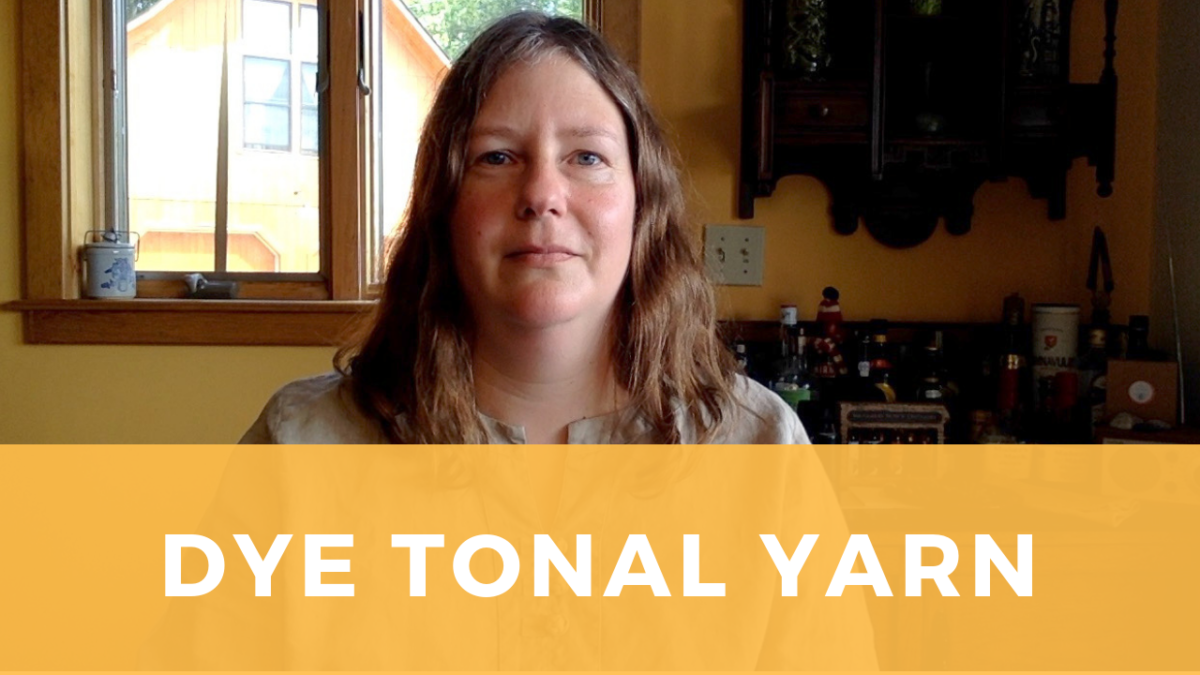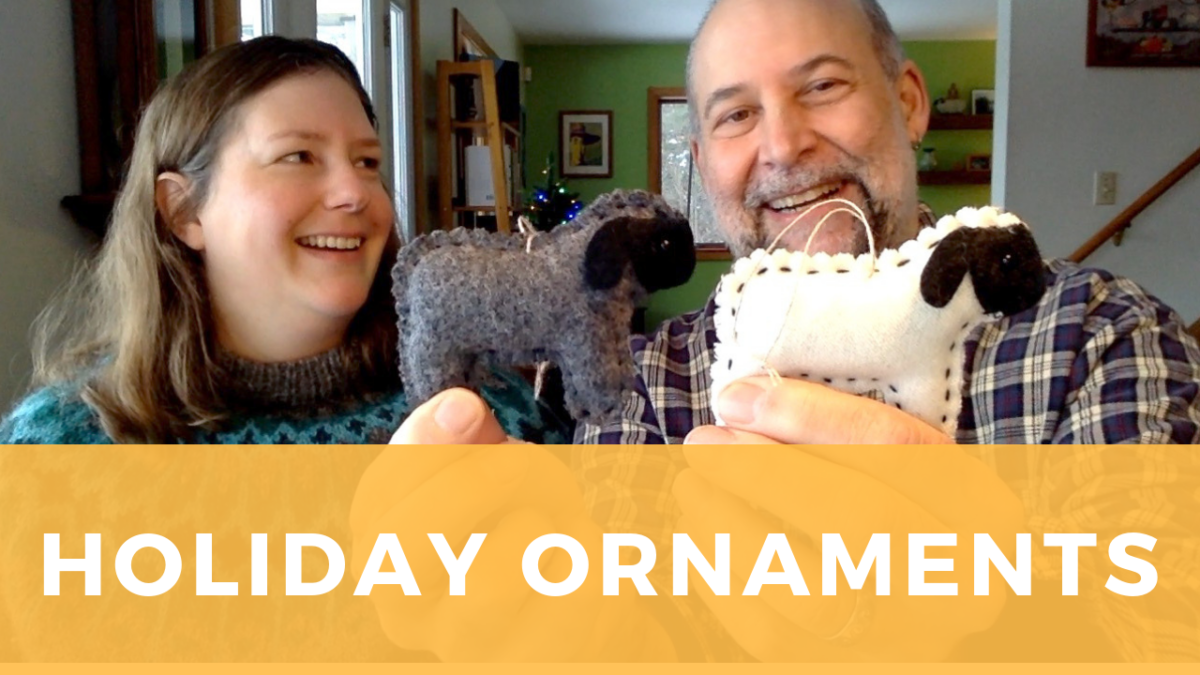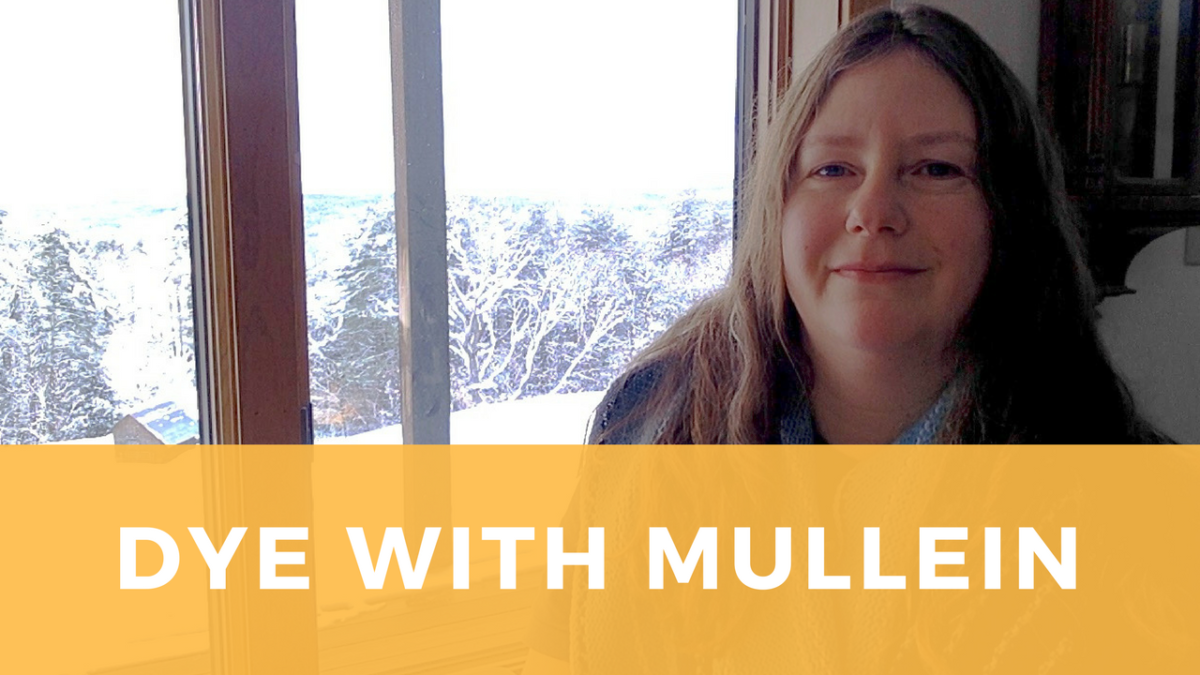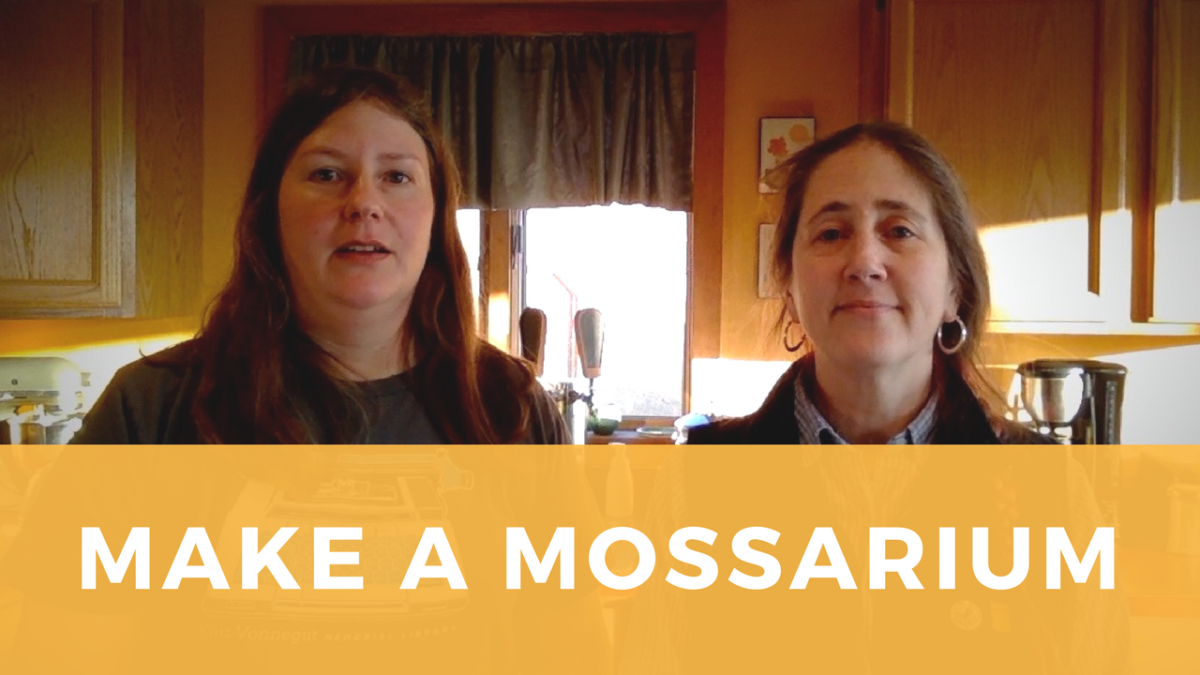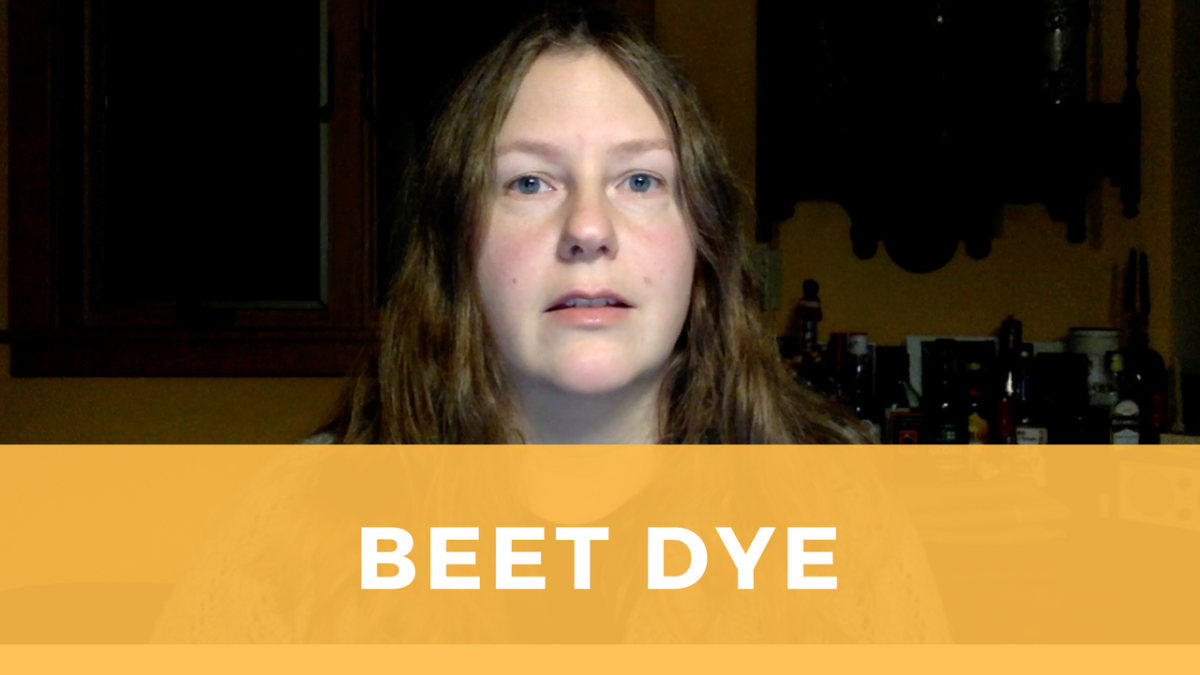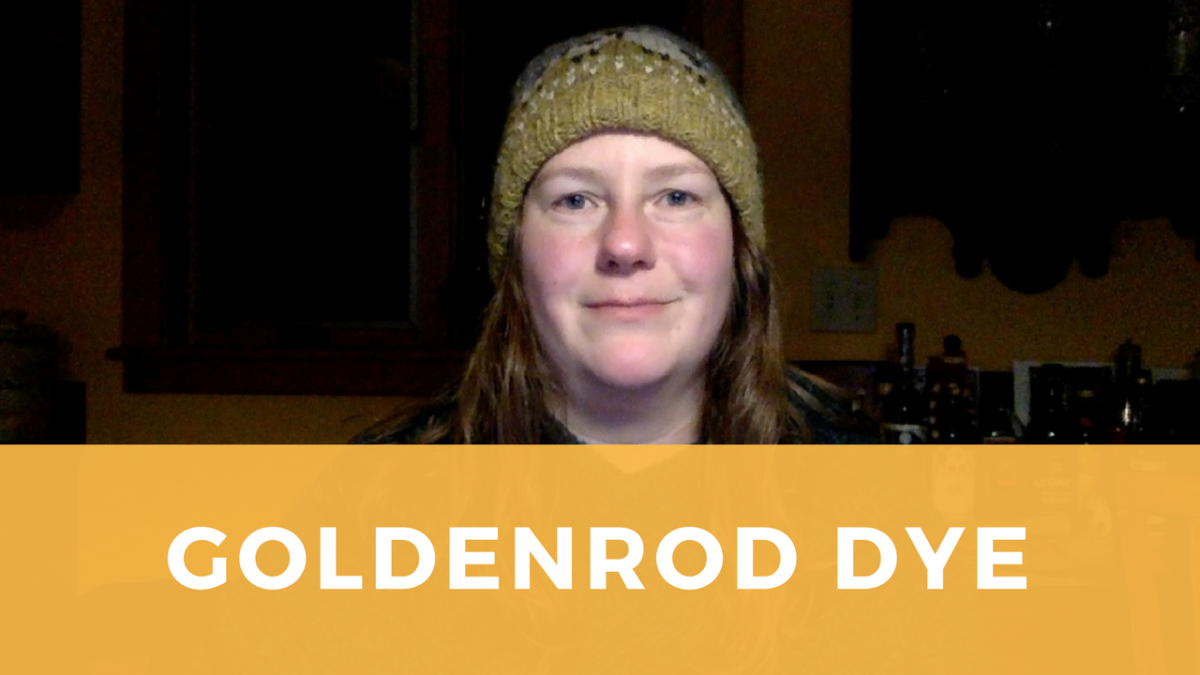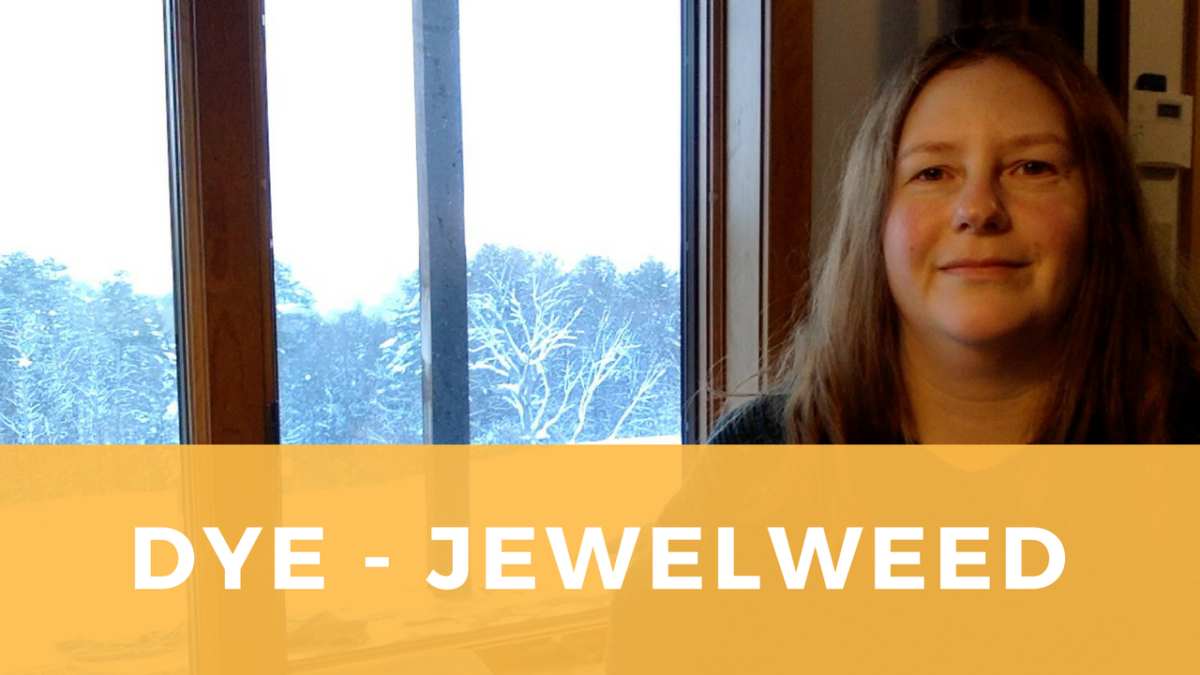By a change of mind, or by accident, sometimes we end up with yarns that we no longer like the color of. Often, this can be a great opportunity to create a new custom color. In a previous post I discussed over-dyeing a variegated yarn to unify the color palette across the skein. This time,
Articles with the Tag tutorial
Holiday Ornaments: A tour of our collection + free pattern
From special ornaments we have kept from childhood, to the ones we’ve been given or found on our travels, we’ve amassed quite a collection. We enjoy decorating for the holidays each year, in part because our ornaments bring back so many memories and thoughts of our friends. In the video we share a few of
Build your own garden boxes
Over the years our garden has transformed from a traditional flat fenced area to one based on raised garden boxes. Raised bed gardening has many benefits: it’s easier to work at higher than ground level; raised beds are easier to keep weeded; and you can grow more in a smaller space. They’re also a great
Dye Wool with Mullein a Herbaceous Biennial
As soon as we started to build our pasture for the sheep, I encountered something that looked like Lamb’s Ear, but wasn’t. We didn’t know what it was at first, but noticed the sheep didn’t like to eat it, so we set about trying to eradicate it from our fields before it could take over
Dye wool with Tansy Using These Easy Steps
This was the first time I’d tried dyeing with tansy, and I was pleased with the speediness of the dye set and the resulting color. While a tint shift didn’t work as planned (adding ammonia did not yield a green shade as promised), the color we did get was a lovely saturated yellow. Special thanks
Mossarium with Instructions from Jessamyn West!
A Mossarium like the one we will create with Jessamyn West will help bring a little green indoors! This simple and inexpensive project is fun to do on your own, with friends, or with your kids. Jessamyn demonstrates step-by-step what you’ll need to assemble your own mossarium using found objects and collected moss. She also
Dye wool with beets!
Beet root is an unconventional and some would say risky source of natural dye. After a few trials over the past two years, I stumbled on a method that yielded saturated color, and I’m sharing my notes in the hopes that others will give it a try. Step 1: Prepare the yarn. Mordant the wool
Dye with Goldenrod for Vivid Yellow
Goldenrod is a fantastic source of saturated, yellow dye, and one of the plants that I recommend starting with if you are new to natural dyeing. Step 1: Prepare the yarn. Mordant the wool with alum. I use a 10% by weight-of-goods proportion of alum to wool. Botanical Colors has a great tutorial on mordanting
Dyeing Yarn with Jewelweed, Native to North America
Jewelweed is a native North American plant that grows in many climates, usually near wet areas and along river banks. In the video, I share a method for creating beautiful natural tangerine dye using this abundant natural dye source. I first learned about jewelweed as a dye source from a friend and fellow fiber farmer,
Lambing Preparations: Part 3
As lambing time draws ever closer, we feel good about the steps we have taken to get ready. Our shearing date is booked and the supplies are ordered. The last step is to construct lambing jugs. A “jug” is a small pen that you put the newborn lambs and ewe into for the first 48-72

